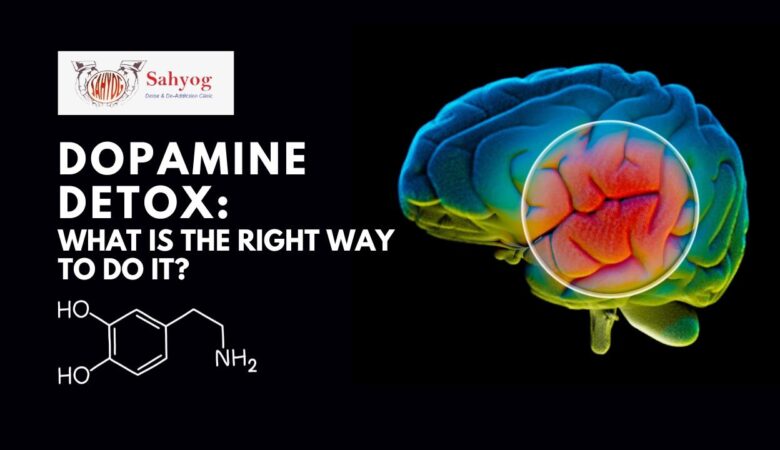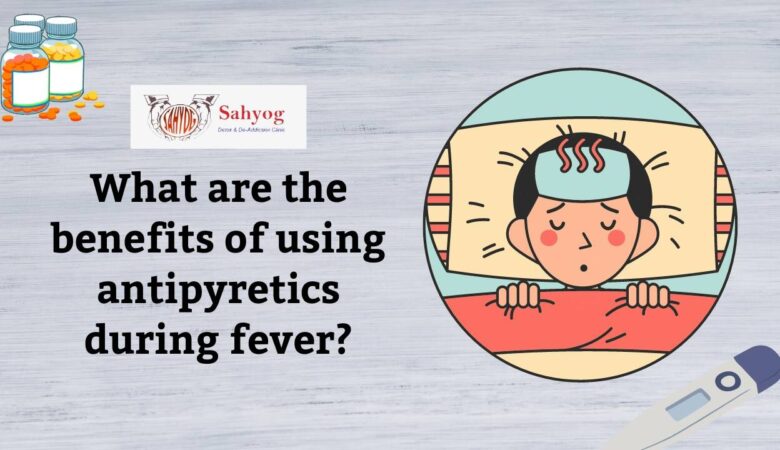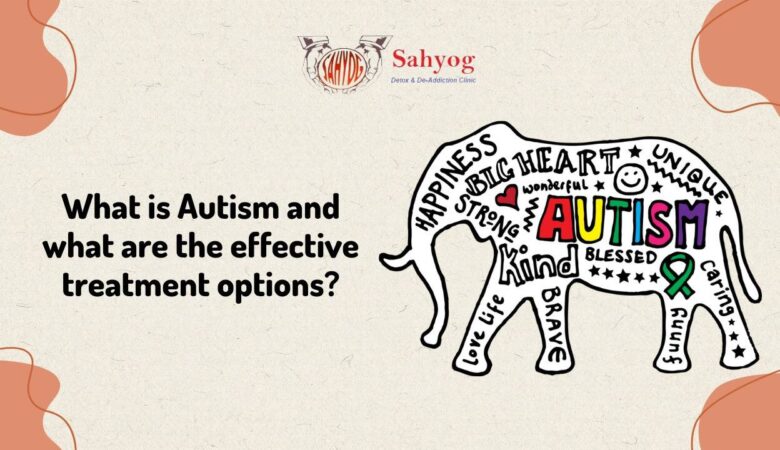Morphine Side Effects: Everything You Need to Know
Introduction Morphine is a powerful medication used to treat pain. It can be prescribed both as an immediate-release drug taken orally and as a long-acting version injected into the body for longer periods of relief. While this medication is effective and can provide much-needed relief, it also carries a certain risk of side effects. It’s important to understand the potential risks associated with morphine before taking it, so you can make an informed decision about your health care. In this blog post, we will look at some of the most common side effects associated with morphine use and what you need to know to stay safe. What is morphine? Morphine is a powerful painkiller that is derived from the opium poppy. It is typically used to treat severe pain, such as that associated with cancer or surgery. Morphine works by binding to the body’s pain receptors, which are located in the brain and spinal cord. This inhibits the transmission of pain signals to the brain, providing relief from pain. While morphine is an effective pain reliever, it also has several potential side effects. Therefore, it needs to be consumed in a controlled and prescribed manner to avoid any mishap after morphine intake. Morphine is a controlled substance in the United States and should only be used under the supervision of a healthcare provider. How does morphine affect its consumers? Morphine is a pain medication that works by binding to opioid receptors in the brain and spinal cord, used specifically to relieve moderate to severe pain. It is typically used after surgery or for people who have cancer, as this reduces the perception of pain and can also produce a feeling of euphoria. It is available in several different forms, including an oral solution, an injectable solution, and a tablet. Morphine can also be given rectally as a suppository. Morphine can either be taken orally as an oral solution, injected as an injectable solution, or inhaled rectally as a suppository. When taken orally, it typically takes about 30 minutes for the effects to be felt. The effects peak at about 60-90 minutes and can last for 4-6 hours. When injected, the effects of morphine are felt more quickly, within 5-10 minutes. However, the effects don’t last as long, only 2-3 hours. Inhaling (or smoking) morphine produces the quickest effects, which are felt within seconds to minutes. However, these effects are also short-lived and typically only last for 30-60 minutes. What are the possible side effects of morphine intake? There are several side effects of morphine intake and addiction, with the most common one being constipation. Other possible side effects include: -Nausea and vomiting: Morphine intake can cause you to feel nauseated and may even induce vomiting because it can slow down your digestive system. -Drowsiness: Morphine has a sedative effect and too much intake of it may cause you to feel tired or drowsy. -Confusion: Morphine can alter your thinking and get you confused and make it difficult for you to concentrate or remember things. -Dizziness: Too much morphine intake can lead you to feel dizzy and light-headed. -Weakness: You may feel weak or have a lack of energy after consuming more morphine than necessary. -Headache: If you consume too much morphine, you may feel your head hurting and even feel unsteady. -Anxiety: Too much morphine intake can lead you to feel anxious and restless. -Sweating: If you consume too much morphine you may begin to sweat more than usual. But that’s not it. Morphine holds the potential to cause even more serious side effects, such as: -Respiratory depression: Excessive doses of morphine can slow your breathing, which can prove to be life-threatening for you. Therefore, you should make sure to monitor your breathing carefully while taking it. -Low blood pressure: Morphine may cause your blood pressure to drop, which may prove to be a serious problem for you, especially if you’re already a victim of frequent blood pressure fluctuations. -Allergic reactions: You may experience an allergic reaction to morphine, such as hives, difficulty breathing, or swelling of the face, lips, tongue, or throat. -Addiction: While morphine is not considered habit-forming in short-term use for pain relief, long-term use increases the risk of addiction and dependence on the drug. -Seizures: Morphine can cause seizures in some people. This is more likely with high doses of the drug and if you have a history of seizures. -Hallucinations: High doses of morphine can cause hallucinations and distorted perceptions. Morphine is an effective pain reliever and has few side effects when used correctly. However, as specified above, it can prove to be addictive and therefore should only be used as prescribed by a doctor. How to overcome morphine addiction? Morphine addiction is a severe problem with devastating consequences. If you or someone you love is struggling with an addiction to this powerful drug, it’s important to get help as soon as possible. There are several treatment options available that can help you overcome your addiction and regain control of your life. The first step in overcoming any addiction is admitting that you have a problem and seeking help. This can be a difficult step, but it’s essential to get the treatment you need. If you’re not ready to seek professional help, there are still things you can do to begin the process of recovery. Talk to someone who understands addiction and recovery, such as a friend or family member, clergy member, or counsellor. They can offer support and guidance as you begin to deal with your addiction. It’s also important to make lifestyle changes that will support your recovery. If drinking or using drugs has been a part of your life, you’ll need to find new activities and hobbies that don’t involve substances. Eating healthy foods, exercising regularly, and getting enough sleep are also important for supporting recovery. Professional treatment is often necessary to overcome an addiction to morphine. Treatment typically begins with detoxification, which helps rid the body of the drug. This










